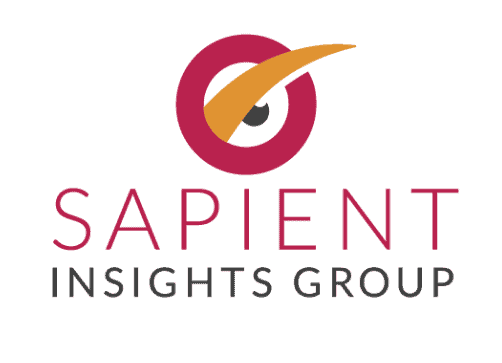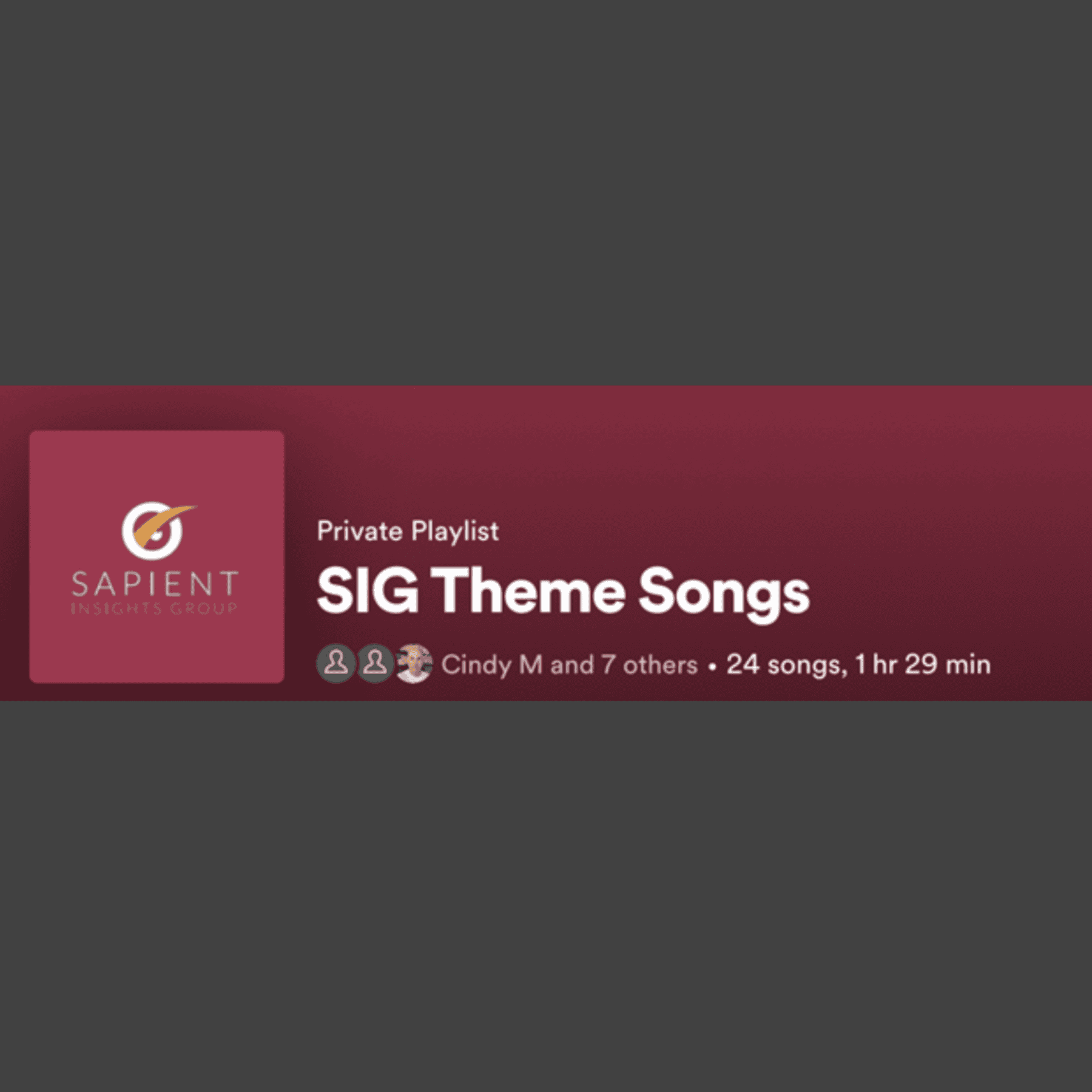As an HR & Talent practitioner, fostering a sense of unity and shared purpose within a team is important for me. Whether through goals, mutual respect, or simply understanding each other’s strengths, finding avenues to bond can greatly enhance productivity and morale.
One of the best ideas I have seen of bringing together a team was at a former employer. One of their agile Tech teams created an organization-wide playlist of everyone’s at-bat song (shout out to all my former DX colleagues!). When I recently joined the amazing team at Sapient Insights Group, I experimented with this novel approach to team bonding that proved effective and injected a wave of energy into our workplace culture and asked everyone for their “At Bat” song.
So, what exactly is an “At Bat” song? Imagine stepping up to the plate in a baseball game, adrenaline coursing through your veins as you prepare to take your swing. That moment just before you hit the ball, the crowd’s roar echoing in your ears—that’s what an “At Bat” song encapsulates. It’s the anthem that pumps you up, fuels your determination, and sets the tone for success.
Recognizing the power of music to uplift spirits and create connections, I decided to harness this energy for our Sapient team. I asked each member to choose their “At Bat” song—the track that gets them in the zone, ready to tackle any challenge. From classic rock anthems to modern pop hits, the diversity of musical tastes reflected the unique personalities within our group.
Once the selections were in, I curated a company Spotify playlist, aptly named “SIG Theme Songs,” comprising 24 songs totaling an hour and a half of pure, unadulterated pump-up music. With genres ranging from hip-hop to heavy metal, there was something for everyone to groove to. I have even added some of these songs to my personal “Likes” list, including a country song. I would not consider myself knowledgeable about country music, but now, when the song “Sleeping on the Blacktop” plays by Colter Wall, I know there isn’t anything I can’t tackle at the moment!
Sharing this playlist with the team was not just about providing a soundtrack to our work day—it was about fostering a sense of unity and solidarity. As each member listened to their colleagues’ chosen songs, they gained insight into their passions, motivations, and even their sense of humor. Suddenly, the person sitting across the laptop screen wasn’t just a coworker—they were someone with whom they shared a musical connection.
Implementing initiatives like the “At Bat” playlist is a positive practice for leadership and integration, particularly in new team settings. Here’s why:
Fostering Inclusivity: Inviting everyone to contribute their own song, regardless of personal taste or preference, sends a message of inclusivity and respect for individuality. Every voice is heard, and every member’s contribution is valued.
Team Bonding: Sharing something as personal as a favorite song can break down barriers and create a sense of camaraderie among team members. It humanizes the work environment and strengthens interpersonal relationships.
Boosting Morale and Motivation: Music has a powerful effect on mood and motivation. By curating a playlist filled with high-energy tracks, leaders can boost morale and inspire their teams to tackle challenges with renewed vigor.
Encouraging Collaboration: Initiatives like the “At Bat” playlist encourage collaboration and teamwork outside the confines of traditional work tasks. It opens the door for spontaneous conversations, shared experiences, and greater collaboration on projects.
The “At Bat” playlist initiative served as more than just a collection of songs—it became a symbol of our team’s unity, resilience, and collective spirit. As a leader, embracing unconventional methods of team bonding can pave the way for a stronger, more cohesive workforce. After all, barriers fade away when the music plays, and a harmonious symphony of collaboration and success remains.
Please check out our Spotify Playlist and let us know what you think of our songs! What are some leadership promising practices you use with your teams? We would love to hear about them.



